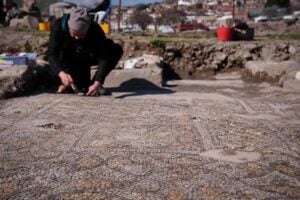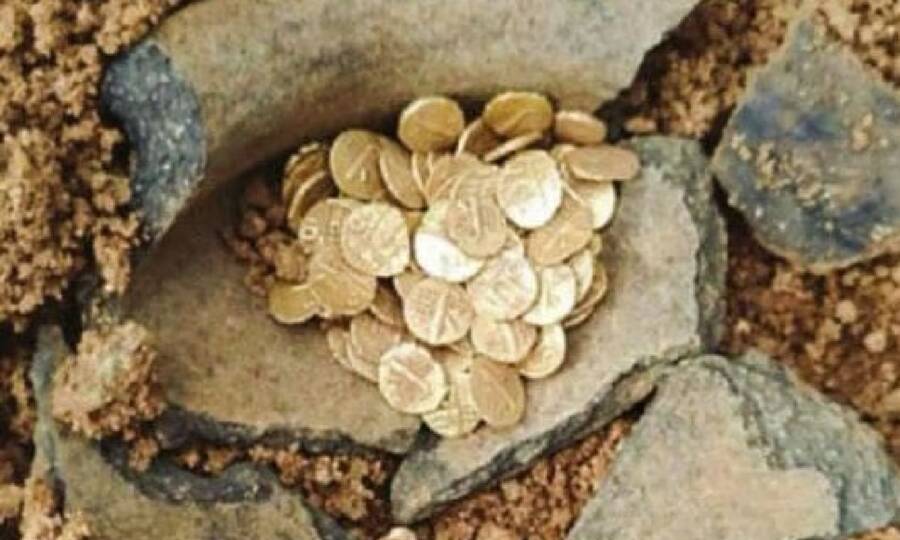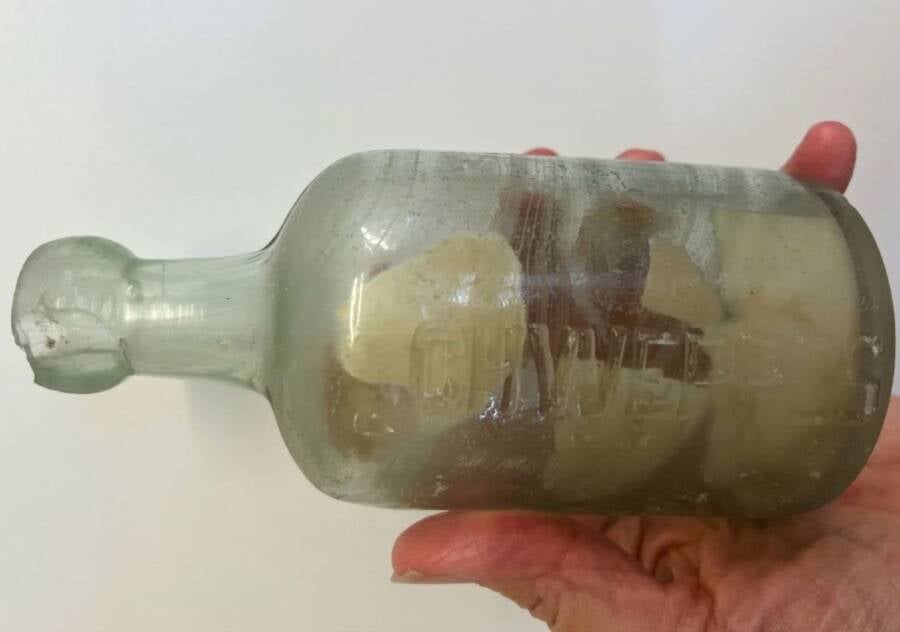“Unearthed Secrets: Ancient ‘Mosaic House’ in Türkiye Could Reveal Hidden Royal Mysteries!”
As the city’s culture evolved over the years, so, too, did its religious practices. Although it was once a rich center of pagan traditions, its occupation during the Christian era was significant enough to warrant a mention in the Book of Revelation, in which it was described as the location of “Satan’s throne,” likely alluding to the city’s prominent pagan temples.
Unfortunately, Pergamon was ultimately abandoned due to a number of devastating circumstances. In 262 C.E., an earthquake caused substantial damage to the city’s infrastructure and kickstarted its decline. Shortly after, it was sacked by the Goths, and around 663, it fell into the hands of raiding Arab forces.
Despite Emperor Constans II’s attempt to reinforce the acropolis by constructing a massive wall, however, the city’s prominence continued to wane. It was dealt a final blow in the 14th century when it was absorbed into the Ottoman Empire, and now, what was once a thriving center of the Greek world is nothing more than mere ruins.
Still, as archaeologists go back and examine those ruins, the history of this once great city has come to the forefront once again.
After learning about the “Mosaic House” in the ancient city of Pergamon, read about these fascinating sunken cities from around the world. Then, discover what may be the oldest city in the world in Ukraine.




















